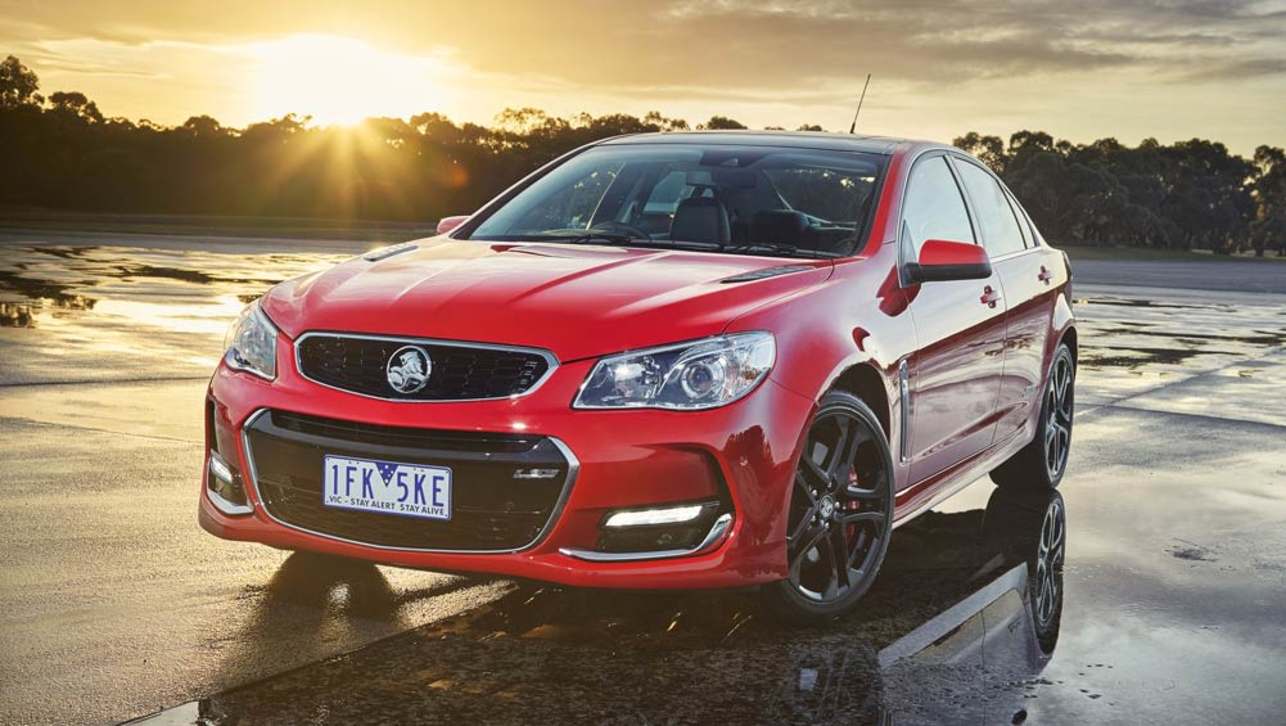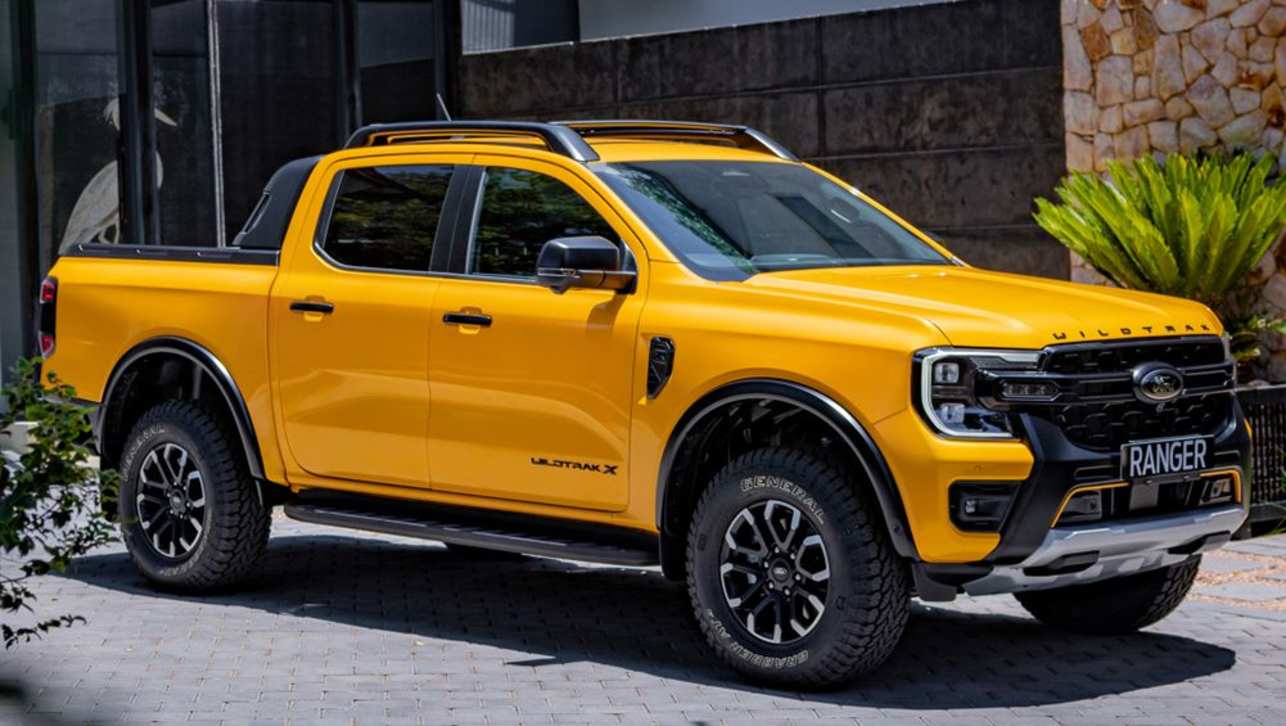Holden is speeding towards a head-on crash with unions that will likely lead to the end of car manufacturing in Australia by the end of 2016.
The struggling car maker’s survival depends on Holden factory workers taking a pay cut of up to $200 per week, but union officials have given the clearest indication yet they will not give up wages and conditions.
Australian Manufacturing Workers Union SA secretary John Camillo told media overnight Holden factory workers were “prepared to look at flexibility and help the company as they have done [during the GFC] but it is a bridge too far in regards to taking wage cuts”.
A senior Holden insider told News Limited this morning: “If the workers vote no [to pay cuts] we will shut it down. Just look at what General Motors did in Germany. Workers said no to wage cuts there and that particular factory is closing next year."
In April this year General Motors approved the first closure of a German car factory in decades, axing 3000 jobs in the process. GM will shut its 50-year-old Bochum factory by the end of 2014 after unions and workers refused to negotiate new wages and conditions.
“Some people think GM won’t shut down Holden because of some emotional ties,” the insider said. “But GM has been through hell and back since the GFC and there is no room left in the new GM for loss-making operations.”
Holden loses money on every car it builds in Australia. By its calculations it costs $3750 more to manufacture a car here than it does in other General Motors factories.
Ford lost more than $600 million over the past five years, prompting it to shut its Australian manufacturing operations by no later than October 2016.
Holden’s tense union negotiations come amid speculation the car maker will ask for double the $275 million in taxpayer assistance it has already been pledged. But Holden dismissed media reports calling for a doubling of taxpayer funding as “pure speculation”.
Holden insiders say the company has not approached any government with a specific figure because any requests for further funding hinge on it first achieving a reduction in labour costs.
“There’s no point going to the government to ask for more money if we can’t get our manufacturing costs down,” the source said. “It’s a moot point.”
Before deciding to shut its Broadmeadows and Geelong facilities Ford said it had done the sums on making a request for double the support from taxpayers “and it still didn’t add up”.
Holden is understood to be lobbying state and federal governments for more assistance across the entire industry -- not just at Holden -- if it is to maintain its manufacturing operations beyond 2016.
Historical data shows support to the industry has been in decline when it has needed it most.
The automotive manufacturing sector was allocated $2 billion in taxpayer support between 2000 and 2005 and another $2 billion from 2006 to 2010 -- periods when it was healthier than it is today. Output was higher and more workers were employed.
The level of taxpayer support dropped to $1.5 billion from 2011 to 2015, just as the industry was forced to compete with cheaper imported cars, lower tariffs and a strong Australian dollar.
Under current plans, support to the industry would be cut to $1 billion from 2016 to 2020.
As reported earlier, if Holden shuts its local manufacturing operations and becomes an import-only brand, the sole remaining car maker Toyota will be forced to review its viability.
Toyota already loses about $2500 on every locally-made Camry even though the Altona factory has the highest output of the three local makers and is Australia's biggest automotive exporter.
Toyota says publicly it intends to continue building cars in Australia, regardless of Holden’s and Ford's decision. However Toyota insiders have told News Limited “if Holden goes, we’ll be right behind them”.
The output of one manufacturer would be too small to support a local supplier base, which would drive up parts prices and make Australian vehicle manufacturing even less competitive than it is today.
A statement from Holden issued late this morning said: “The story in The Australian is purely speculative. Our plan remains to [introduce] two new global platforms into our Elizabeth facility.
“To execute this next-generation program there are several milestones we must achieve -- the two most crucial being reducing our structural costs and improving productivity in our factory, along with the implementation of clear, consistent and globally competitive industry policy.
“We are in close and constant discussions with both sides of politics -- at a state and federal level -- but are not in a position to publicly comment on the details of those discussions.
“Holden is doing everything in its power to secure the future of our manufacturing plant and lay the long-term foundations necessary to achieve the next-generation program.”
This reporter is on Twitter: @JoshuaDowling





.jpg)
.jpg)



.jpg)
.jpg)

.jpg)


.jpg)


.jpg)


.jpg)







Comments